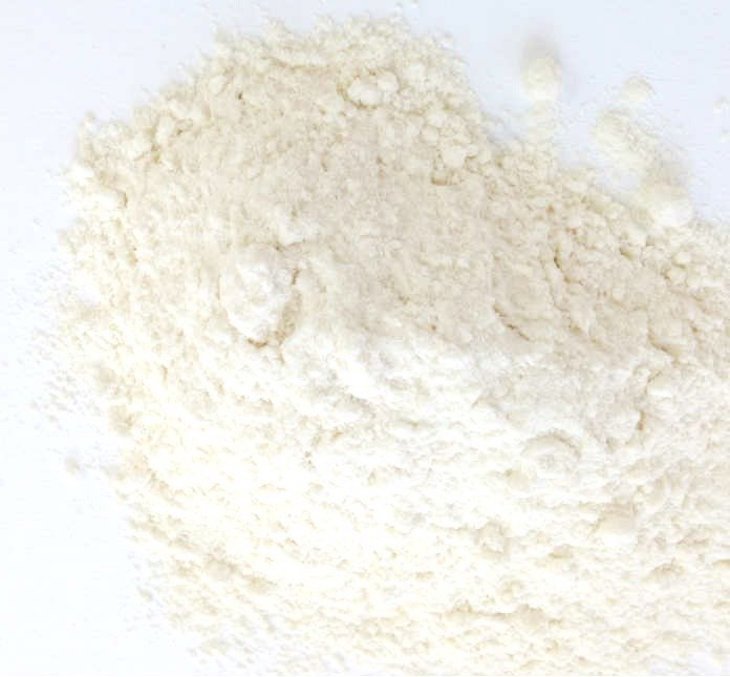Most consumers do not recognize that raw, or uncooked, flour, is considered a health risk as this item is a raw agricultural product that has not undergone a kill step to eliminate pathogens. In the April 23, 2021 issue of the CDC’s Morbidity and Mortality Weekly Report (MMWR), a study is presented that looked at the 2019 multistate outbreak of E. coli O26 linked to raw flour.

On February 20, 2019, PulseNet identified six Shiga toxin-producing E. coli O26:H11 infections with the same DNA fingerprint. This pattern matched infections from a July 2018 outbreak that was associated with ground beef. The Centers for Disease Control and Prevention (CDC) launched an investigation to identify the outbreak source.
Investigators first thought the outbreak was linked to ground beef because of the connection to that 2018 outbreak, and because in early interviews patients said they ate ground beef and leafy greens before they got sick. But, but using cgMLST (core-genome multilocus sequence typing) to compare the genetic sequences of isolates, investigators found that the bacteria fell into separate genetic clades, differing by 6 to 11 alleles on the DNA.
One patient said she consumed raw cookie dough, and considering that most of the patients were young adult females, investigators developed another questionnaire that focused on beef, leafy greens, and flour consumption. Among 13 patients who were asked about flour exposures, six said they ate or tasted raw homemade dough or batter the week before illness onset. Three patients said they ate raw dough that was made with the same grocery store brand of raw flour. And of 18 patients who had information about the stores where they shopped, 11 said they shopped at the same chain.
Twenty-one cases were reported in nine states. Three patients were hospitalized. On May 21, 2019, testing found STEC o26 in an intact bag of all-purpose flour, which was the same grocery store brand repotted by the other patients. Testing confirmed that the bacteria isolated from the flour was highly related to isolates taken from patients.
Investigators then found that the store brand flour purchased by six patients in three state was produced in a single milling facility in Buffalo, New York. The store recalled all lots of product from its retail locations in 11 states. And the milling company recalled all lots of this product and several other lots produced in that facility, that led to the recall of more brands and products that were distributed to multiple states.
This outbreak reinforces the fact that raw flour is increasingly recognized as a cause of E. coli outbreaks, because it is not a ready to eat product. This investigation was aided by demographic information early on, and the power of cgMLST helped investigators consider alternative hypotheses about the outbreak source, and the conclusion that this E. coli O26 outbreak was linked to raw flour.
Vasser M, Barkley J, Miller A, et al. Notes from the Field: Multistate Outbreak of Escherichia coli O26 Infections Linked to Raw Flour — United States, 2019. MMWR Morb Mortal Wkly Rep 2021;70:600–601. DOI: http://dx.doi.org/10.15585/mmwr.mm7016a4external icon.




